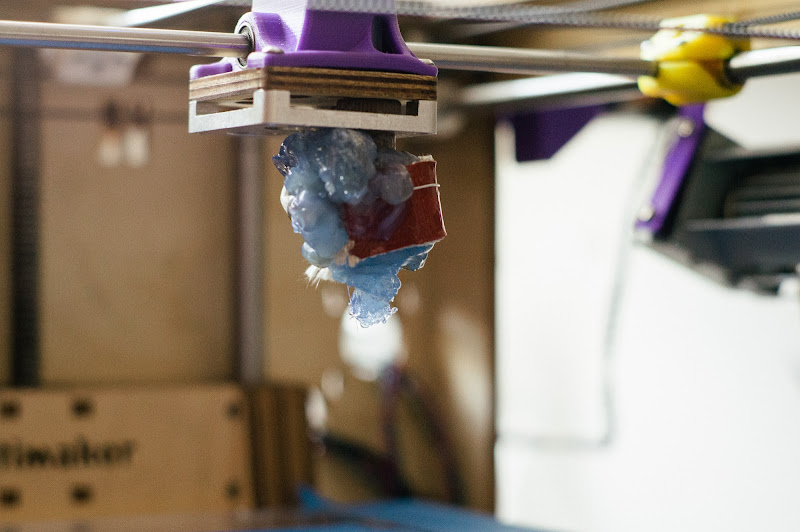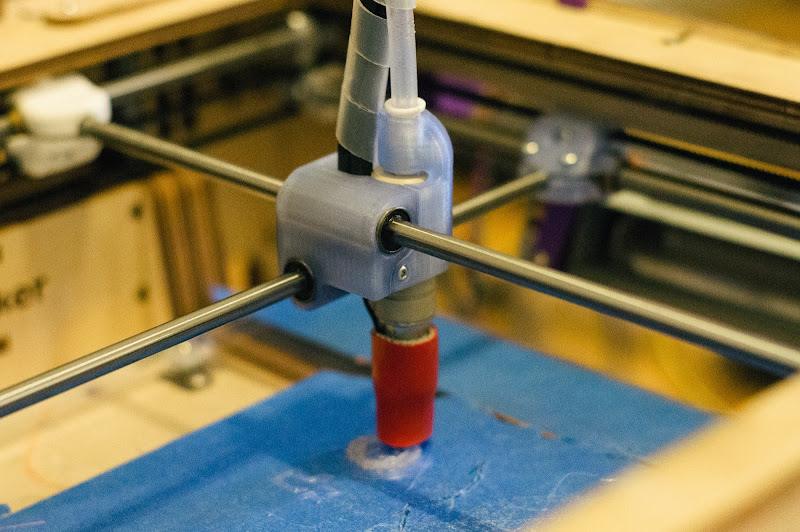Hi guys,
I've been following this discussion and really enjoyed all the work you've done, so first of all thanks for sharing!
on my side, I've been brainstorming on this issue for a while and came out with the idea of using reverse flow instead of blowing into the nozzle, like attaching a vacum cleaner hose to the printhead.
has anyone toyed with this or thought it may be a bad idea? id like to hear your comments
best regards
Diego



 +1 other projects I need to be working on instead.
+1 other projects I need to be working on instead. 




.thumb.jpeg.0b7a05eafc09add17b8338efde5852e9.jpeg)
Recommended Posts
Top Posters In This Topic
30
25
14
8
Popular Days
Sep 8
9
Sep 7
8
Sep 20
8
Sep 16
6
Top Posters In This Topic
madoverlord 30 posts
foehnsturm 25 posts
owen 14 posts
nick-foley 8 posts
Popular Days
Sep 8 2013
9 posts
Sep 7 2013
8 posts
Sep 20 2013
8 posts
Sep 16 2013
6 posts
owen 19
Hi Markus
What happened to your tube cooling setup? I thought that was pretty good.
Link to post
Share on other sites